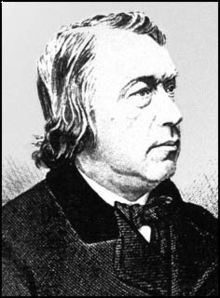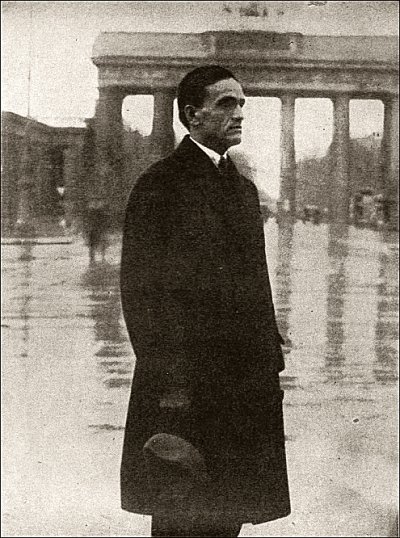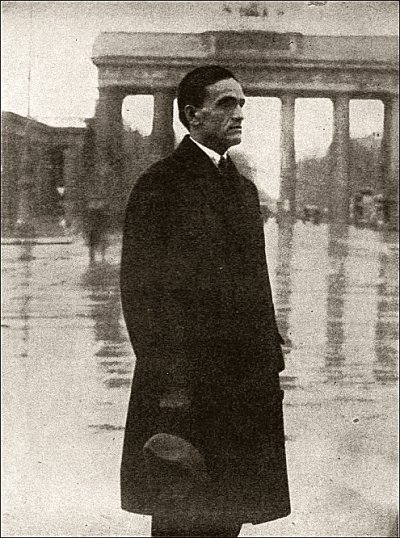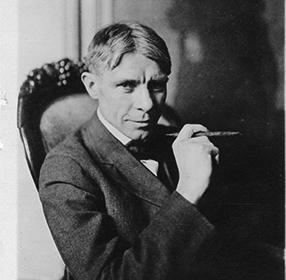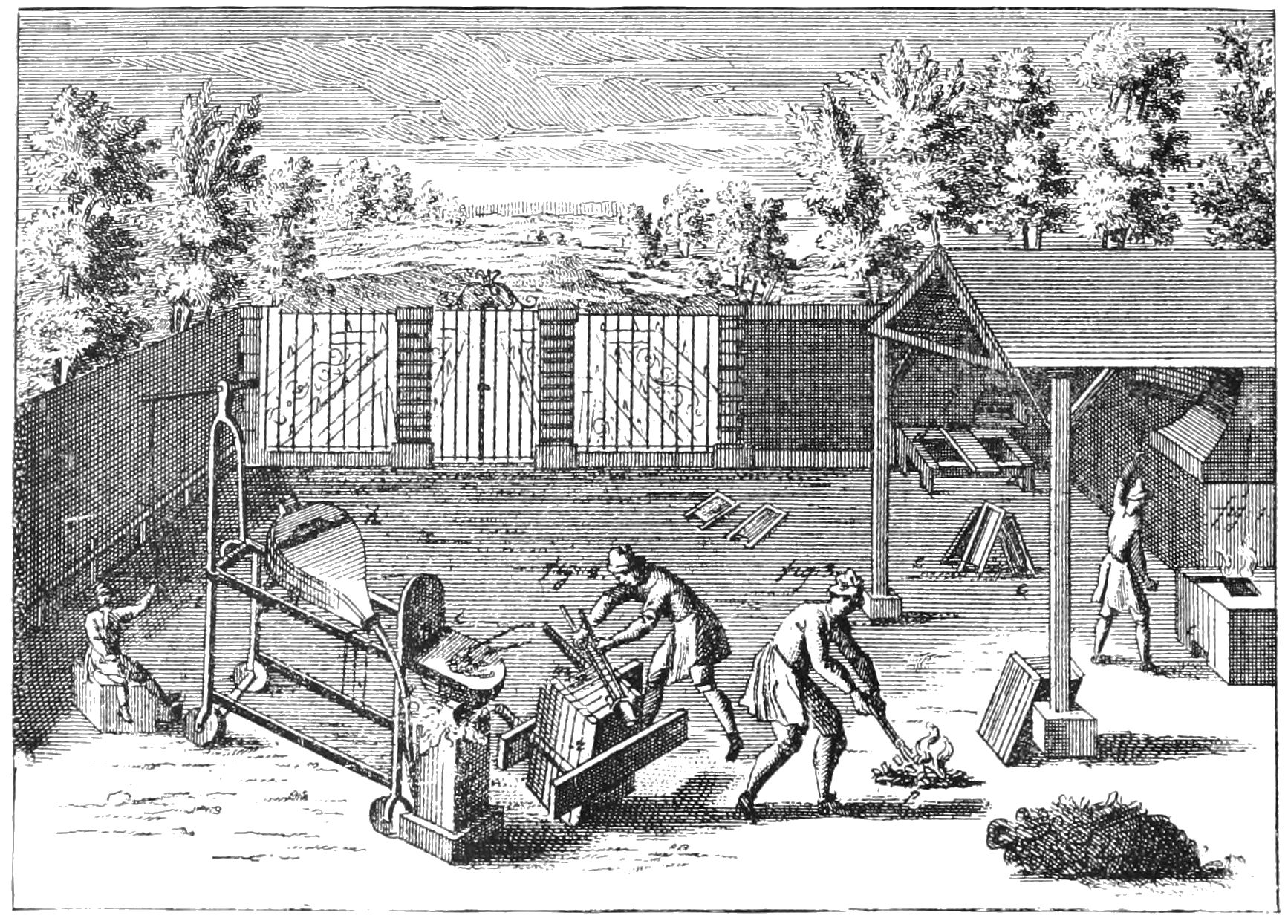Carl Sandburg- Carl Sandburg, born to Swedish-American parents on January 6, 1878, in Galesburg, Illinois, was a prolific writer of verse and prose for adults and children. Not getting along with his austere Swedish immigrant father, he was noted to have shared his mother’s love of books, learning, and word play. Heading to West at the age of nineteen, in 1897, he became infatuated with the vagrant lifestyle. His travels made him identify with the plebeian class, alerted him to the critical social problems of the 1890s and provided a grounding for his later poetry and prose, simultaneously. Widely regarded as a major figure in the Contemporary literature, especially for volumes of his collected verse, including Chicago Poems (1916) and Cornhuskers (1918), and Smoke and Steel (1920). Sandburg was a winner of three Pulitzer Prizes, two for his poetry and one for his biography of Abraham Lincoln. He enjoyed an inimitable appeal as a poet in his day, and this was so because the extent of his experiences made him connect with so many strands of American life. On his death in 1967, the-then president Lyndon B. Johnson had observed that “Carl Sandburg was more than the voice of America, more than the poet of its strength and genius. He was America.”
Setting of Flux-
“Trying to write briefly about Carl Sandburg,” said a friend of the poet, “is like trying to picture the Grand Canyon in one black and white snapshot.” The poetry he penned down was generally brief, free-rhymed, and culminated in a sharp visual image of the American common people, their everyday life and experiences. Whether it was war, poverty, civil rights, or immigration, Carl wrote what he chose to observe. The poem under consideration here, “Flux,” might have different meanings to the readers, depending upon their insights and understanding of the lyric. An American haiku, the poem seems to capture the sense, reasoning and understanding of the individual, his stern or the wavering impulses to a particular situation, be it political, social or personal. And since the poet is known to reflect the social milieu of his days, it can even denote the mindsets of the individual that wavered according to the situations around. At the same time, the poem being of the modernist era, it can be read as implying the undecided and undetermined thought process of the modern man, who remains in flux, caught between the preceding age and the modern.
Poetic Devices in Flux-
Imagery: The very title of the poem Fury captures the expression of the shuddering impression being depicted at by the lines of the lyric. Once a reader goes through the lines, directing the changing intellectual capacity of the modern man, the title serves as a synecdoche and a symbol to form a mental picture of the sea, changing its colour at the advent of sunset and moon. The other image being used is that of the “sea,” that symbolises the life and its hardships, with its daunting width and depth. It can even be seen as a symbol of adventurous life, that can be accomplished by an individual’s preeminence.
The terms or the symbolic colour of “red” and “yellow” could be seen to denote the individual’s inclination in looking towards the life situations in his everyday existence. Red, while it stands for passionate love, danger, anger, adventure, lust, wrath, courage, herein in the poem it seems to denote the human life that appears to be on the verge of extinction under the social scenario of moden times when the social issues dominate the natural instincts and lives of people. As the sunset takes place, the sea, that serves as a promising life, turns its colour to red, that can be understood both as natural beauty and the impending danger. The other image “yellow” can be seen as a symbol of enlightenment, optimism and intellect, in contrast to the implying danger by the image of “red”. As the moon appears, it brings with it all the new endeavours, happiness, that makes an individual have a positive approach to live his life.
The appearance of sunset and moon light are the nature phenonena that has been used as an embellishment by the poet to express/heighten his thoughts and imagination.
Alliteration:
Line 1: “Sand of the sea runs red”
Line 2: “Sand of the sea runs yellow”
Style:
Sandburg’s poems serves as an exemplary of free verse pattern, being employed in modern American poetry. Speaking on the non-rhyme verse, he once said airily: “If it jells into free verse, all right. If it jells into rhyme, all right.” It was noted by some critics that the illusion of poetry in his works was based more on the arrangement of the lines than on the lines themselves. An exquisite performer in rhymed verse, Sandburg had a flair for eccentricity and paradox, simultaneously.
Summary of Flux-
The poem begins with the image of sea, a promising nature, with its sand changing its colour from red to yellow with the alternate appearance of the sunset and moon light. It can be read as an optimistic poem that establishes the natural phenomena of life, death and rebirth. The poet, here, appears to make a point that it is the intellect of an individual that decides the milieu of his existence, how he approaches a situation- whether with a pessimistic approach or the optimistic.
Critical Analysis of Flux-
Sandburg was a self-proclaimed socialist. He seemed to be everywhere and do everything, creating a personal narrative that captured the public imagination and made him a natural media figure. As his poetry was the outcome of his noted travelling observations, the lives of every man, the poem “Flux” can be read as a depiction of man’s mind in encountering any situation. Standing in opposition to the political issues, he penned down the lyrics, which though were brief in size, had the complexity of meanings.
Central Idea of Flux-
The poem ” Flux” is a more optimistic poem, that begins with the warning and ends with a positive note. It is a depiction of the cyclic process of nature, simultaneously.
Tone of Flux-
The poem takes a tone of warning, an optimistic tone that summarises the life of an individual. The lyric ends with a promising life, that which would depend upon the intellectual thoughts of a modern man; modern man, since Sandburg was writing in the modern age American society.
Conclusion- The “Flux” by Sandburg is an appealing poem to the modern readers, as it appears to bring into fore/portray before the reader, the difference between the undertaken life of one, depending upon the endeavours he performs.
Some online learning platforms provide certifications, while others are designed to simply grow your skills in your personal and professional life. Including Masterclass and Coursera, here are our recommendations for the best online learning platforms you can sign up for today.
The 7 Best Online Learning Platforms of 2022
- Best Overall: Coursera
- Best for Niche Topics: Udemy
- Best for Creative Fields: Skillshare
- Best for Celebrity Lessons: MasterClass
- Best for STEM: EdX
- Best for Career Building: Udacity
- Best for Data Learning: Pluralsight
